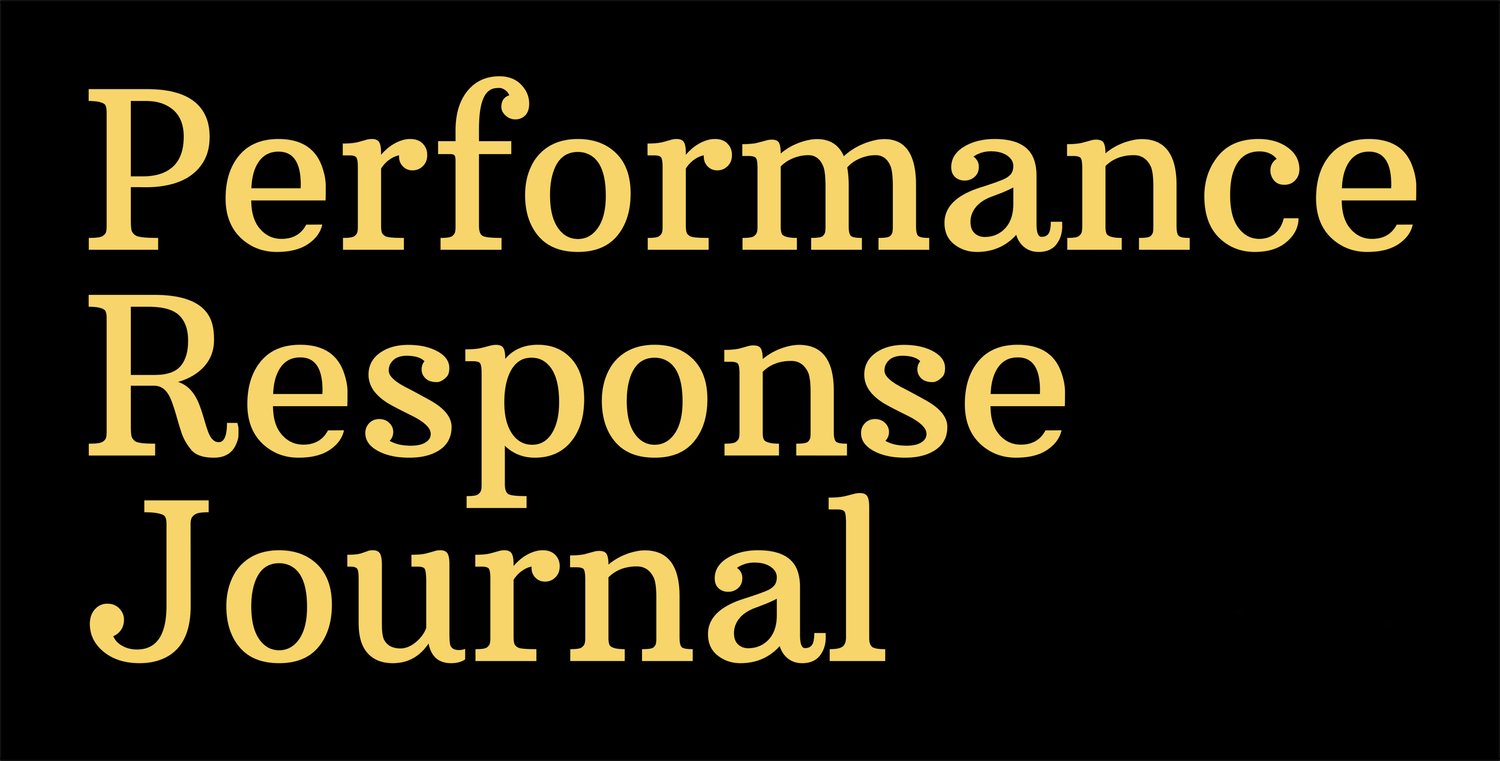Bollywood Boulevard Transforms Celluloid Dreams into Joie de Vivre: a response by Lise McKean
Bollywood Boulevard: A Journey through Hindi Cinema Live
February 9 and 10, 2019, McAninch Art Center at College of DuPage
Heena Patel, Executive Producer Artistic Director
Rushi Vakil, Executive Producer, Music Director, Original Music Composer
Rohit Gijare, Choreographer
Kasbee, Costume Designer
Faldu Studio, Animated Films
Nyasa Production Studio, Digital Backdrops
Dancers: Aaliya Islam, Anjali Mehta, Bhumit Patel, Jeremy Davidson, Manav Gulati, Mithun Thoppil, Nayya Reddy Sane, Proma Khosla, Rhea Ghosh, Rohit Fijare, Sameera Palkar, Sean Kulsum
Chicago-based guest dancers: Priya Badhwar and Masumi Jadia (Ameya Performing Arts), Komal Joshi (Meher Dance Company) and Megha Mathur (Indian Dance School)
Musicians: Leo Smith, Raymond Belli, Miranjan Nayar, Rohan Prabhudesai, Sanjoy Karmakar, Harini Raghavan
Vocalists: Anu Mysor, Dhaval Kamdar, Harini Raghavan, Krishna Sridharan
images: Bollywood Boulevard
********************
Nothing dispels the chill of Chicago winter like the sultry swagger and jhatkas matkas (pelvic thrusts) of dance moves from India’s mass market movies aka Bollywood. Pair live musicians with dancers costumed in a rainbow of sequins and satin—and deft set design using projections and animation—and the result is the rhythmic masala of Bollywood Boulevard.
It’s not news to performers and their audiences that dance and music are artforms embedded in culture and history. The ambitious creators of Bollywood Boulevard distill an elixir from tens of thousands of song and dance numbers produced between the 1940s and recent years. They accomplish this by selecting several dozen standout numbers plus twenty or so beloved songs and grouping them by each decade’s characteristic style to tell a live-action story about Bollywood.
Hindi film culture is a multi-generational affair and its participants are far and wide. Families and friends watch movies together, sing the songs, and play games based on them. Children amuse themselves and their elders by imitating and improvising on dances and songs. Canadian-born Heena Patel’s own childhood experiences of Hindi film culture and its prominence in family and community life inspired her vision for Bollywood Boulevard as its Executive Producer and Artistic Director.
Commissioned by the Lincoln Center and the Bushnell Center for the Performing Arts, Bollywood Boulevard is way more than a reprise of That’s Entertainment. It’s a vehicle for bringing Hindi film history into the mainstream of American culture while offering talented dancers and musicians of the South Asian diaspora (most with brainy day jobs) the pleasure of performance.
In his lecture-demonstration at the College of DuPage’s McAninch Art Center, Indian-based Rushi Vakil (Executive Producer, Music Director and Composer) highlighted the concept of masala in Bollywood films, of blending, mixture, and fusion. Hindi film music and dance is stylistically inclusive, assimilative, and innovative. Vakil, also a percussionist and teacher, demonstrated how specific rhythmic structures from Indian classical and folk traditions unify diverse styles of music and dance. Bollywood is an Indian lingua franca, and rhythm its grammar. In Vakil’s view, the rhythms of Bollywood permeate India’s vast population with its enormous cultural diversity and “run in your veins like love.”
For Bollywood Boulevard New York-based choreographer Rohit Gijare, draws on study and performance of Kathak, Indian folk, Bollywood, and other dance styles. In the talk before the Saturday night performance, manager of the Chicago South Asia International Film Festival Jigar Shah gave an overview of Hindi film history and its adaptations and innovations of musical and dance styles: classical bharatanatyam and kathak, Punjabi bhangra and other regional folk styles, salsa, belly dance, jazz, cabaret, disco, funk, hip hop, techno with acrobatics and props—and other less prominent ones. Shah likens Bollywood films without dance to “pancakes without maple syrup.”
Hindi films have happy endings. Among other possible plots and subplots, the hero and heroine inevitably overcome obstacles to romance and the story culminates in marriage. Film historian Nasreen Rehman notes that songs and dance numbers “enhance the mood for love and drive the narrative.” For over two hours without intermission, Bollywood Boulevard immerses its audience in fantasies of romance across eight decades of film-making.
Other Bollywood revues making the rounds of the global South Asian diaspora may have bigger budgets and more dancers and dazzle. Yet none can surpass the genuine exuberance of Bollywood Boulevard’s playful panorama that energizes the stage with beauty and celebrates the game of love with unabashed and contagious delight.
********************
Lise McKean is a social anthropologist, editor, and writer based in Chicago.




